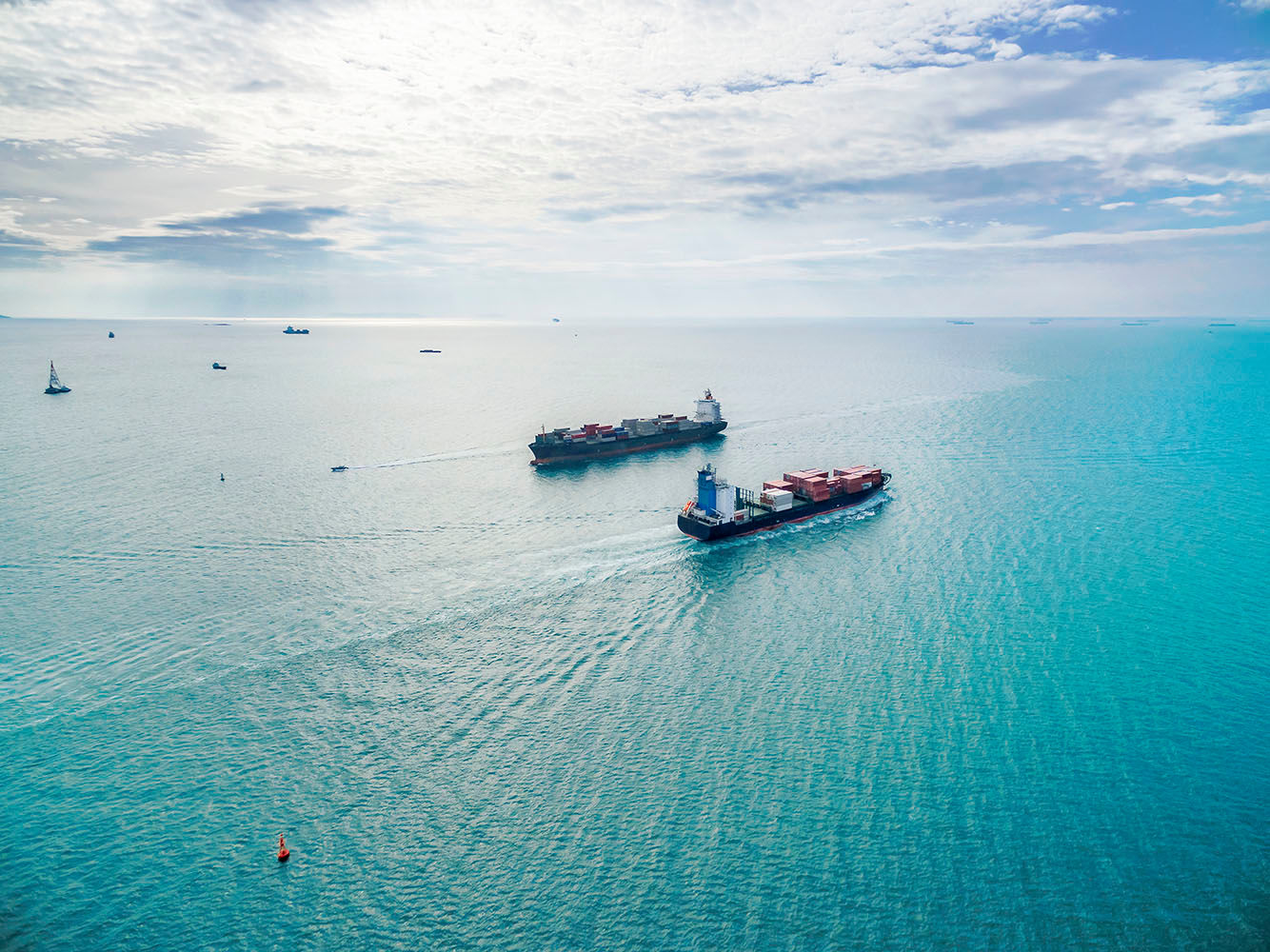
April 30, 2021
Ocean Freight Outlook Transatlantic Trade Lane | May 2021
Tags:
Ocean Freight Outlook Transatlantic Trade Lane | May 2021

April 30, 2021
While the Transatlantic Westbound is known as a rather stable trade, freight rates have been soaring to unprecedented levels over the past 6 weeks as capacity cannot cope with the pace of demand. As there is no immediate relief in sight to the capacity issue and demand for US imports is projected to increase, the trade will remain hot in the mid-term.
Equipment shortages intensified by Suez canal blockage
The six-day-long blockage of the Suez Canal due to the grounding of vessel mv EVER GIVEN in March, added more disruption to Far East and Transatlantic schedules, which by February 2021 had already hit their lowest vessel on-time-performance ever recorded on the two Westbound trade lanes (27.2% and 23.9% respectively)*.
The ensuing port congestion in North Europe does not only cripple ship capacity and schedule reliability. But also container usage time is significantly increased as equipment remains tied up on ships queueing at port. The high-volume influx of cargo stretches barge, rail and truck availability on the landside, resulting in extended dwell and transit time and adds to the container usage time.
As the aftermath of the Suez Canal incident unfolds, the main sore point for the Transatlantic Westbound will be equipment availability. Carriers don’t have enough boxes to make up for the slowdown in the repositioning of empties and prioritize containers to be returned to Asia, where backlogs of higher-paying cargo have built up. Because the Transatlantic trade is dominated by westbound cargo flows, the supply of containers coming from the backhaul route is limited and must rely on Asia-Europe services to provide a steady equipment flow. This will cause equipment shortages to continue in the coming weeks, which will add further pressure on freight rates.
*Source: Sea-Intelligence Maritime Analysis, Global Liner Performance Report – March 2021
What are your options
- Share your shipment forecast (2 months or longer) with your dedicated Flexport team to plan out the sailings in line with your loading schedule.
- Early bookings are the best way to secure capacity. We recommend placing bookings minimum 5 weeks before Cargo Ready Date (CRD).
- Request Premium services to guarantee equipment and space for the most urgent cargo.
- Allow flexibility to pick up empty equipment from the Port of Loading instead of inland depots to secure equipment earlier.
- Work with smaller batches (1-2 TEU per shipment) to increase the chances to get bookings accepted on earlier vessels.
- When possible, use 20 ft containers as these are less limited than 40 ft containers.
Let us help
We offer a host of solutions to support you in the end-to-end execution of your freight forwarding. To discover alternatives to help you respond to the current market conditions, talk to your Flexport team.
While you’re here, you might also be interested in:
- If you would like to get a weekly update regarding the trends and events that impact the freight market, detailing pricing, capacity, volatility, and more - sign up here.
- If you have any questions in regards to your Transatlantic Trade and you would like to speak to an expert, reach out here.
About the Author

April 30, 2021


